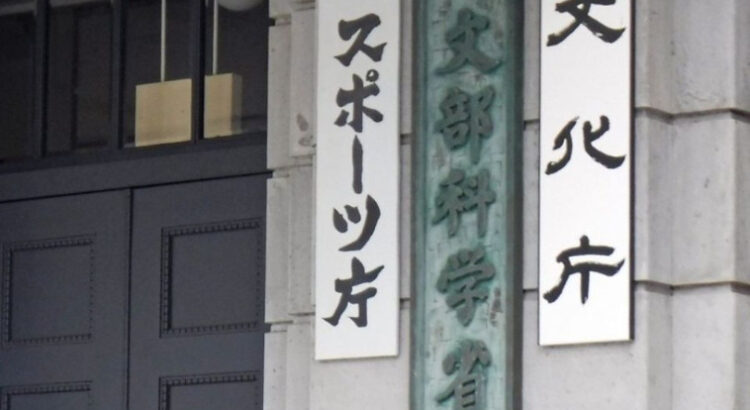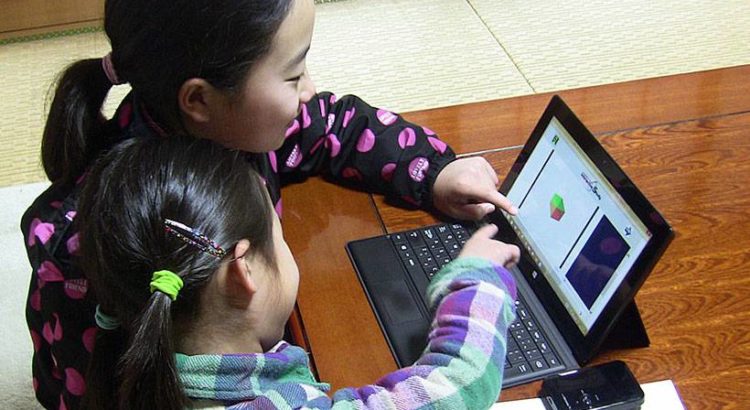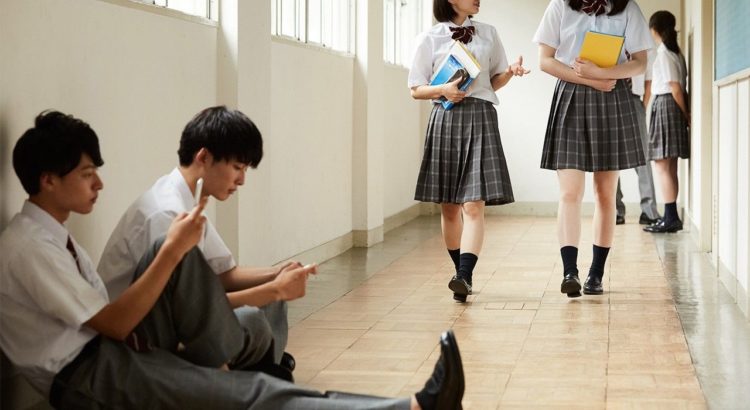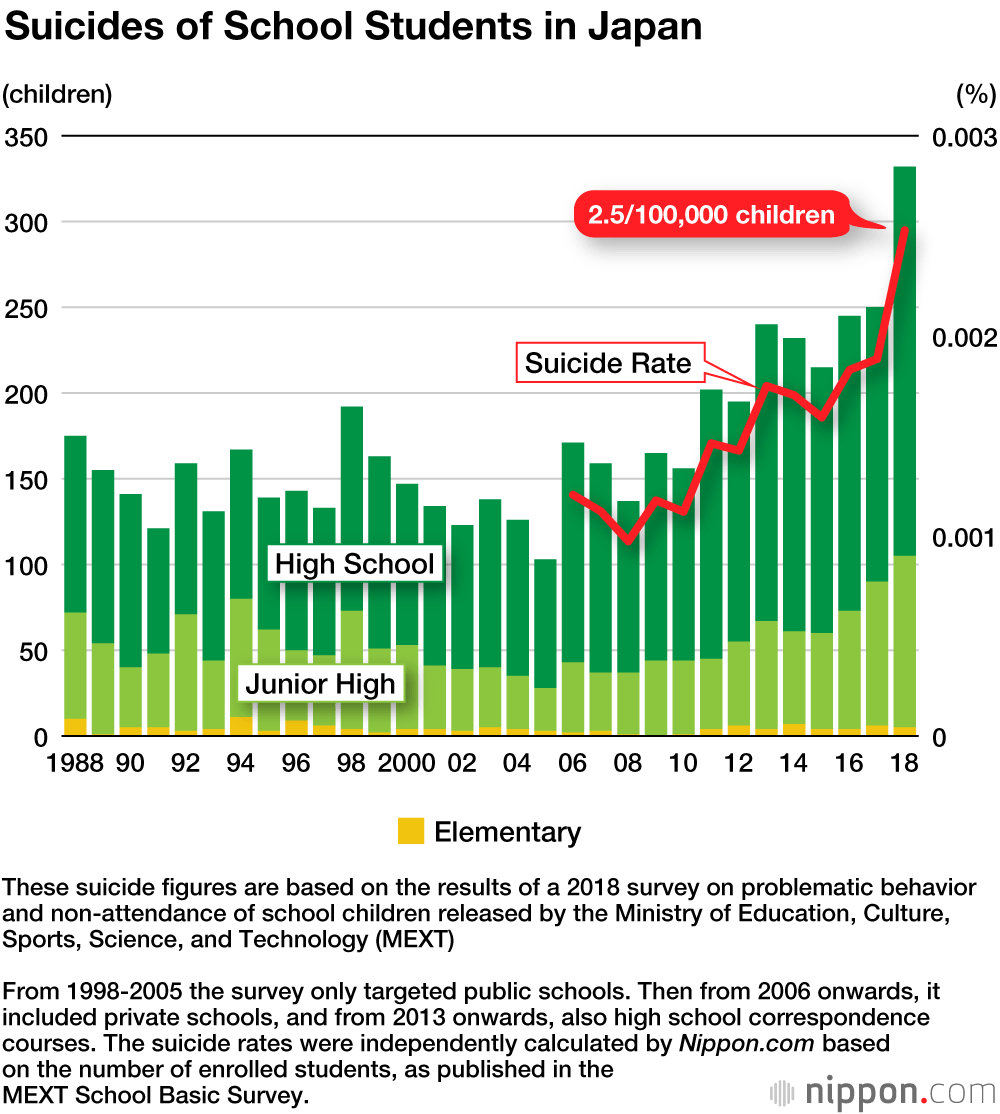A first for this kind of study in Japan, authorities hope to develop more effective educational programs by analysing the data.
TOKYO – The government plans to conduct a long-term project to examine the effects of early childhood education, experiential learning activities and family environment on children’s later development and life, it has been learned.
It will be the first time for such a study to be conducted in Japan.
The Education, Culture, Sports, Science and Technology Ministry will follow the lives of tens of thousands of preschool 5-year-olds, collating information on their academic ability, educational progress, and occupations and annual earnings after they become adults. By analyzing such data, the ministry hopes to develop more effective educational programs.
At kindergartens, day nurseries and authorized nursery schools, children are provided with early childhood education to develop curiosity, cooperativeness and other abilities through play and various experiences — elements that help to nurture their respective academic abilities.
As part of the project, the ministry will analyze the educational programs and experiential activities of targeted facilities, while monitoring each child’s home environment — including parental annual income and work type, among other elements.
The ministry also plans to continually check on the academic ability and academic paths of the children after they enter elementary school and gather information on their occupation and annual income into young adulthood and beyond.
Data will be collected annually through elementary school middle grades, then at stepped intervals thereafter.
By analyzing the data, the ministry intends to examine the effects on children’s development in various spheres, such as the nurturing of sociability in early childhood to help children adapt to new life at school, and thorough absorption in subjects to help them concentrate on classwork, with the aim of improving the overall quality of education.
Overseas precedent
The Perry Preschool Project is a well-known follow-up initiative examining the effects of early childhood education on young American children. The original project was conducted in the 1960s on kids from low-income families who were divided into two groups: those provided with early childhood education and those who were not. Even now, the project continues to track participants into the latter half of their lives.
Analysis of the data has shown that among those who received early childhood education, the percentage of people whose annual income reached $20,000 or higher at the age of 40 was 50% higher than those who were not exposed to such learning. It has also been found that the crimes-committed rate for those in the former group tends to be lower than that of the latter.
A report on the project said there was a $12.9 return for every $1.00 invested in early childhood education. The study is said to have triggered increased overseas awareness of the importance of such learning.
From next fiscal year, universities commissioned by the ministry will decide the survey methods and launch full-scale studies after conducting trial surveys.
“It’s vital to examine the most effective methods for Japan’s educational environment and to develop early childhood education based on evidence,” said University of Tokyo Prof. Emeritus Toshiyuki Shiomi, an expert on educational environments and early childhood education. “It’s important to examine family environments, but it’s also necessary to ensure that such studies don’t lead to discrimination. What’s needed is to help develop the ability of each child in a holistic manner.”
Japan’s long-term follow-up project to study effects of early childhood education











 Users Today : 53
Users Today : 53 Total Users : 35403246
Total Users : 35403246 Views Today : 74
Views Today : 74 Total views : 3332513
Total views : 3332513